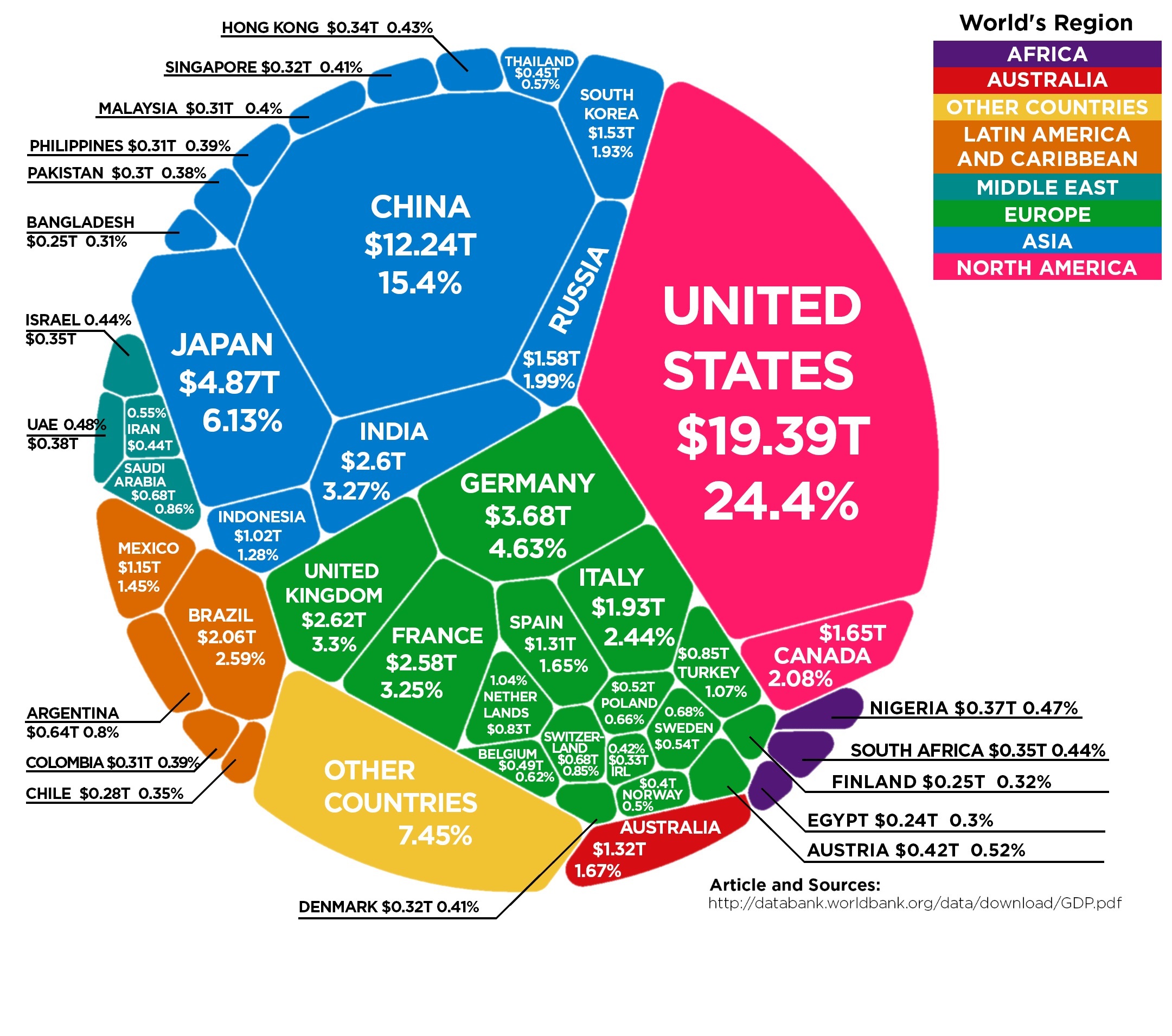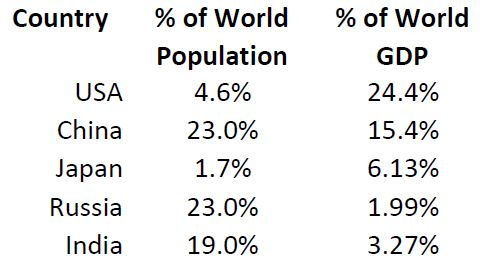Uh oh! Signs of a potential financial market correction may be on the horizon: The S&P 500 is down 4% from its all-time high. Investors are showing increased interest in gold, silver, copper, and other commodities, which are often seen as safe havens during...
Have you been watching the markets lately?
Bear Or Bull Market…
Which Is It?
“We are now in a bear market – here’s what that means.” – CNBC headline on December 24, 20181
“The stock market rally to start 2019 is one for the history books.” – CNBC headline on February 22, 20192
If you’re like most people, it’s probably not uncommon for you to plan your day or week based on the weather forecast. For example, you might check the forecast, see that it’s supposed to be sunny, and decide to go fishing on Saturday.
But when Saturday rolls around, it starts to rain.
The frustration you’d feel is very similar to how investors and analysts often feel about the markets. The forecast says one thing – and then the opposite happens.
For example, let’s go back to the end of 2018. For months, the markets had been hammered by volatility. The Nasdaq entered bear market territory. Many pundits predicted even more volatility after the new year.
But four months later, the markets are on the verge of record highs.
So, the question is: Why the change in direction? What’s behind this year’s market rally? And most importantly, what can we learn from it?
The volatility that dominated the end of 2018 was largely due to fears of an economic slowdown. The Federal Reserve raised interest rates, which can cool both inflation and economic growth. Trade tensions with China showed no signs of stopping. Corporate earnings slowed down, oil prices had dropped, and several other indicators had many analysts predicting a recession in 2020 or 2021.
Even after the turn of the year, there was some interesting data that, when compared with historical trends, suggested more storms on the horizon. For example, you may have seen the term “inverted yield curve” bandied about in the media for a time. We’re venturing into “financial nerd” territory here, but this is when the yield on short-term Treasury bonds rises higher than the yield on long-term bonds. It doesn’t happen often, and historically, it has sometimes been a sign of an impending recession. The result of all these signals was a forecast that had many investors reaching for their umbrellas, convinced that gloomy weather was here to stay.
But instead, the markets enjoyed their strongest start to a year since 1998.3
In many ways, this rally has been driven by something very simple: Nothing really got worse. The Federal Reserve has stopped raising interest rates, saying that it won’t raise them again in 2019.4 The trade war with China seems to have hit a lull. And now, investors can point to a host of different historical trends that work in their favor. For example, some data suggests that when the stock market rises 13% or more “during the first three months of a calendar year,” it will gain even more before the end of the year.3
So, does that mean the good times are here to stay?
No.
Warren Buffett, the legendary investor, has a saying: “Be fearful when others are greedy and greedy when others are fearful.” While we shouldn’t take that maxim too literally, it does illustrate an important point. Time after time, conditions that cause fear can change in an instant, leaving the fearful behind. On the other hand, conditions that stoke greed can shift before you know it, giving the greedy a nasty shock.
On their website, CNN has something called the Fear & Greed Index. 5 Using seven different indicators, they can calculate which emotion is driving the markets most at any given time. As of this writing, that emotion is greed. A few months ago, it was fear. As we’ve just seen, the scale can swing from end to another very quickly.
When you look more closely at the data, there are still reasons to think a recession is possible in the next year or two. (A contracting labor market, problems in Europe, stocks being valued too highly, to name just a few.) Other data suggests that the stock market’s current highs are overblown.6 But does this mean it’s time to run and hide? Nope! While data is very good at telling us what was and what is, it’s still unreliable at telling us what will be – at least as far as the markets are concerned. In fact, for as much grief as we give meteorologists for getting a forecast wrong, they do a much better job predicting the weather than experts do the markets!
Here’s what we can learn from all this
As your financial advisor, the reason I’m sending you this letter is because there are a few things I think we need to keep in mind as 2019 rolls on.
First, we need to remember to guard against recency bias. Recency bias is when people make the mistake of thinking what happened recently is what happens usually. It’s why investors tend to panic during market volatility or take on unnecessary risk during a market rally.
Second, remember that emotion is a good servant, but a bad master. Emotion helps us interact with other people. It makes experiences more memorable and life more colorful. But it can be come harmful if it drives our decisions. We should always strive to keep our own personal Fear & Greed Index from swinging too sharply one way or the other.
Finally, whether the markets go up, down, or sideways, you’ll probably hear about many different statistics, indicators, and historical trends that predict this, that, or the other thing. When you do, remember that correlation is not causation.
Correlation, as you probably know, is the measurement of how closely related two things are. In finance, we often find that many things tend to change in sync with one another. Asset classes, market sectors, you name it. It’s why we spend so much time looking at things like inverted yield curves – because they are often correlated with the health of the markets or economy.
But just because two things are correlated does not mean that one causes the other. (It’s why an inverted yield curve doesn’t always mean a recession is nigh.) All the indicators and historical trends you hear about in the news are important, and worth studying – but again, they only tell us what was or what is. Not what will be.
So, to sum up:
• Just as we didn’t give in to fear when the markets were down, so too will we not give in to greed while the markets are up.
• We will remember that sun today doesn’t protect against rain tomorrow, or vice versa.
Instead, we’ll make decisions as we’ve always done: by keeping your long-term goals foremost in our minds. In other words, we’re not working to help you go fishing just this weekend.
We’re working to help you go fishing any weekend you want.
As always, if you have any questions or concerns about the markets, please don’t hesitate to contact us. In the meantime, have a wonderful Spring!
1 “We are now in a bear market – here’s what that means,” CNBC, December 24, 2018. https://www.cnbc.com/2018/12/24/whats-a-bear-market-and-how-long-do-they-usually-last-.html
2 “The stock market rally is one for the history books,” CNBC, February 22, 2019. https://www.cnbc.com/2019/02/22/the-stockmarket-rally-to-start-2019-is-one-for-the-history-books.html
3 “The Stock Market is Having Its Strongest Start in 21 Years,” Money, March 20, 2019. http://money.com/money/5639032/stock-market-strong-start/
4 “Fed holds line on rates, says no more hikes ahead this year,” CNBC, March 20, 2019. https://www.cnbc.com/2019/03/20/fedleaves-rates-unchanged.html
5 “Fear and Greed Index,” CNN Money, accessed April 17, 2019. https://money.cnn.com/data/fear-and-greed/
6 “Dow, S&P 500 and Nasdaq near records but stock-market volumes are the lowest in months,” MarketWatch, April 18, 2019. https://www.marketwatch.com/story/why-stock-market-volumes-are-the-lowest-in-months-as-the-dow-sp-500-and-nasdaq-testrecords-2019-04-17
Need A 2nd Opinion?
If your portfolio lost more than 10% in the last recession, you need to take another look at how you are managing risk.
How Can We Help?
Jim Streight James Streight Chief Marketing Officer






